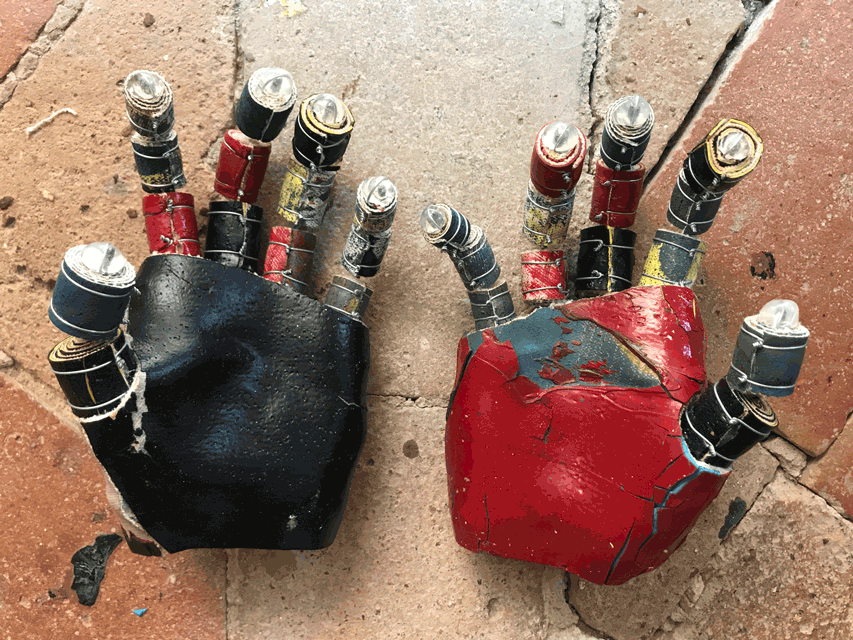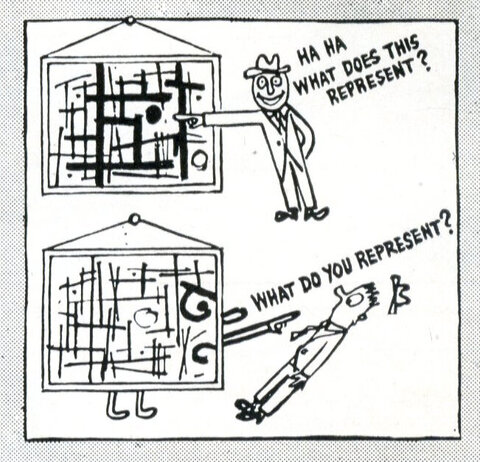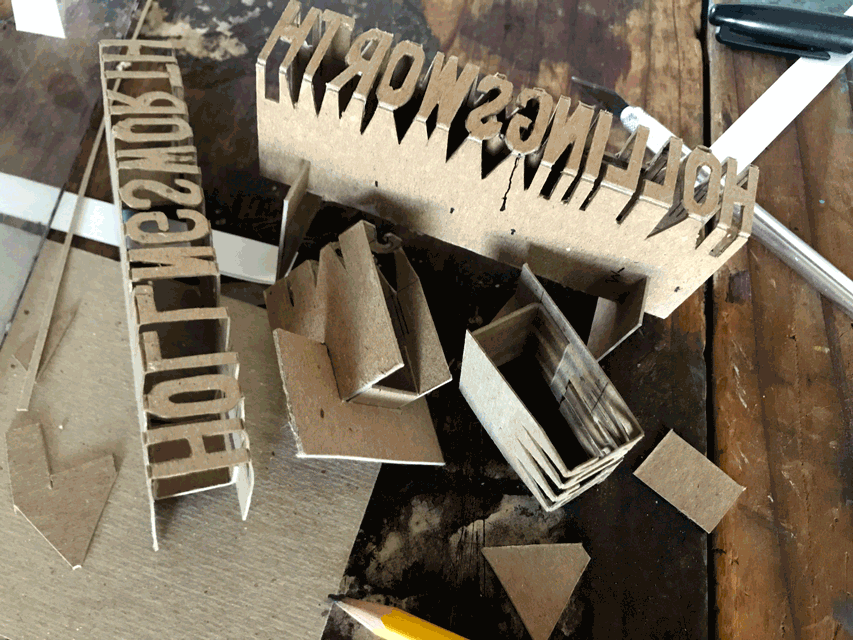June 30, 2022
Hyperlinked Apologetics
When I have visitors to the studio or when I find myself showing my art works to interested parties out in the world, inevitable questions arise. Most of them deal with the usual topics: "Why do you paint this way? ... Is this abstraction or figuration? ... How do you do this?" All easy questions, and I can go on at length and keep the audience captivated.
One of the issues I usually am called to address is the apparent diversity of expressions of all the works. That's an easy one: "Through contrast, one becomes conscious." This must be a quote I heard from somewhere. I can track in a direction for three, five, ten pieces and then I have to shift in an opposite direction. Or, I simply have to follow inspiration wherever the spirit drives me. No muse, no art. If this explanation doesn't satisfy, I summon the image of a sailboat, tacking into the wind. Port, starboard, repeat. If we haven't moved on to other topics yet, I could always drop the nuke: "Being half American and half Filipino, my identity was always a constant interpolation." But I usually don't unleash the beast, it's too complicated, gratuitous, and sublimated.
Fire and Forget.
Sometimes, I get the question that will usually stump me: "What's the title?" The Cheshire's grin blooms and I look squarely into their eyes and say: "I don't remember." Cocked and loaded comes the exegesis: I title my paintings after I make them. My method is to comb the weblog for words that will leap out to me, insist themselves to be the title for the piece. The words will ring out. The weblog has never failed me as a source of the names of my art works yet. I inscribe the title and sign the back of the painting, post images of the painting in the weblog and hyperlink the title to the source post where I divined it in the blog and boom, I'm off to the next adventure. Yes, this practice might be post hoc in terms of the manifestation of the art work in relation to titling, but it has the advantage of thwarting the urge to illustrate. Illustrative art is problematic, at least for me. If you want to delve into the meaning of a title, click on the hyperlink of the title of the painting that you'll find in this blog, this will start a trail of bread crumbs that can potentially lead you towards my intentions.
There are certain other moments in an art conversation where I tend to draw a blank. Not fun. For example, I met up with an old collector friend the other week, the ever delightful Steve Shane, catching up after the long pandemic period of social isolation. Refreshing. We toured an exhibition at the Whitney as a pretext for the meet, a surprisingly insightful show, by the way. So as not to distract our attention of the tour, we chatted outside with a cup of coffee at a table on the terrace. Along the conversation, he asked out of the blue:
"Who are your favorite artists?"
My mind went blank. Nothing. Nada. Bupkis. But what of question is this, so devoid of context? Well, it was innocent. Provocative, yes. If you want to get to know an artist better, it could be an effective opener. Metaphorically, I pulled my pockets inside out. Got nothing for you right now, Steve.
Days later, my mind drifted to what I could have said. Malevich, I have a book open in my studio. Ryman, his works drove me to expand the plasticity of paintings' support all the way to the nail on the wall. Lasker, a formative influence in that Hans-Michael Herzog's coining "frozen spontaneity!" defined his paintings so effectively. This drove me to think of what my painting could be if I could invert this formulation. But why stop here? Why not the titan Goya, whose "Saturn Devouring His Children" had transfixed me in my thirteenth year... or Picasso, who kept challenging himself in multiple sequential genres... or Kandinsky, whose legendary non-objective abstraction doesn't hold water since he really was representing music, whose works for me are a remarkable delimited recombinatorial menu of singular paint applications? Any short list I could have delivered to Steve at that moment would effectively cut short my universe of influence going forward. On the other hand, I had short changed my ability to sell myself to an interested party. Not very smart on a tactical level. But then again, Steve's already an old friend, an ally.
There's an art to talking about your art. You don't want your words to replace the object you've created. Upstage it. Hype it out of existence. But the words of my mother come to mind: "You sell with stories." Back in the 90's, she used to shop Europe for antique fabric and sell them stateside. Textile arbitrage. Her stories were real and natural catnip in a Californian antique fair: "This vestment was from a retired bishop in Southern France... We arrived at the estate, met by guard dogs at the gate, the owner let us look into his dusty attic covered in spider webs and long unopened crates..."
Ellipsis: "...the omission from speech or writing of a word or words that are superfluous or able to be understood from contextual clues."
If you don't want to oversell the work, kill it with words, suck attention away from the piece to yourself (now I'm thinking about Dali, but then he was his own living art object), you have to learn how to master a kind of ellipsis. Andy Warhol was famously coy. Was he being deceptive when he denied transparency with the public? Is there an adversarial relationship between an artist and an audience whose proclivities are to box him/her in? Bruce Conner was a magnificent asshole. Caustic, abrasive, his letters to museum curators are a marvel of withering disregard. He was defending his art and all art from trivialization by art industrial career professionals. Boy, what an aura that guy had... or has, still. It's longer essay or great dinner conversation to truck out all of the artists who had slipped the noose of public image. Yves Klein, Sigmar Polke, Alfred Jarry, Duchamp... the night would be long and the wine would flow.
June 16, 2022
Mosquito Hands
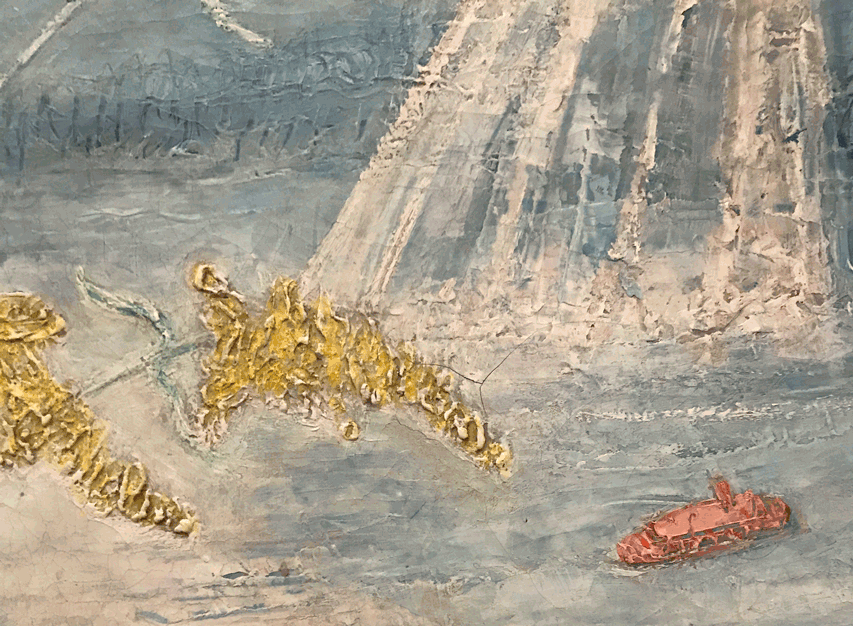
When talking to collectors about my paintings, a typical question arises. How long does it take to make a painting?
Since I'm painting within the drying time of paint, it could be anywhere between two days to a week. Different colors dry at different rates. If the painting is dark, I know that I will be under a lot of pressure since a skin can develop overnight. My experience with midnight to dawn Navy watches and architectural charettes had prepared me very well for this eventuality. In fact, the wee hours are magical for me. If the painting is light, I can relax a bit. I can stretch out.
But the actual physical time of painting is only part of the story. Aside from building and stretching the panels, there's a crucial aspect most people don't factor when such a question arises.
Ideation, the x factor.
Creative stimulus. Inspiration. Visionary motivation. This is not about romanticism despite how loaded the terms are. It's simply about the wellsprings of imagination, a kind of customs passport control for the mental agents who enter the studio. Sometimes it comes in a flash. Sometimes it comes in a kind of argument / counter-argument, inspiration / counter-inspiration... an occasion that requires of course, disambiguation. This is usually, most difficult... and a sign of trouble since this means that my mind is perhaps not tuned as finely as it should.
I'm not making products. I'm not cycling random variations. I'm not anticipating a market. I'm not illustrating theory or political program. I require, I need that flash of insight, a lit imagination, what the ancients called the visit from the muse. In the 17th century, they called it afflatus, inspiration attributed to the divine. Such an event has a signature. It makes me happy. I feel elation. Wonder. I feel awe. I feel a sense of adventure. This last characteristic is most important. Sometimes, trouble arises when the vision seems too complete. What's best is to know with strength how to enter into a painting. What is usually bad is anticipating with too much certainty how a painting will end. Each painting needs a sense of discovery.
A current example.
Sometime before I met up with friend and collector Steve Shane at the Whitney to see At the Dawn of a New Age: Early Twentieth-Century American Modernism, somehow the paintings of Florine Stettheimer arose in my mind. She was a big influence on NYC early modernism of the 20's and 30's, comparable to Georgia O'Keefe. So when Steve and I turned a corner in the exhibit, it was utterly delightful to find two of Stettheimer's paintings on the wall. Kismet! Steve, also was delighted since he owns paintings from an artist who could be considered comparable. He flipped out his phone to show me the works of Thomas Trosch. I recalled at that moment James Ensor's Christ's Entry into Brussels. The aspect of Stettheimer's painting that struck me was less about her palette and more about the scale of her touch. Little bits of color, drawn one into the other with what looks like small brushes, drag scratch scratch scratch scumble right at the edge of clotted mud.
What if a mosquito painted a painting? A brush or even finger painting with its' tarsomeres (scientific classification for fingers, I love new words). Or better and to a scale more suitable to my purposes, a gecko. A brush in the grip of its sticky toe pads (or since I tend to not use brushes, think instead of palette knives, daubers and probes) would have to contend with the extremely small scale of impasto paint, the relation between mass, surface tension and resistance.
What was behind this impulse? A favorite saying of mine, especially when a collector is asking about the diversity of my painting, is to say in response that with contrast, one can become conscious. When I am painting too long in one particular vein, I tend to feel restless, or dulled in some way. Seeking out a contrapposto. Something different so that I can key up an awareness of what I had done and what is coming. I used to illustrate this as a sailboat tacking upwind. Or maybe this impulse is built into my genes? I'm a halfbreed, a mongrel mix of Caucasian and Malay. Forever interpolating my identity, I had never countenanced a singular category of who I am. Everyone is a mongrel, so I can't plant flags in any special way. It is what it is.
So after I was previously immersed in a brace of monochrome painting, I started to think of what could come afterwards. After the fields of color, drawing seemed to be a logical recourse. Beyond logic, the realm of the muse, the scale of touch emerged in my mind. To make the large monochromes, I had fashioned a plywood tool roughly the size of a fat skateboard. Beforehand, area coverage was a challenge given the nature of the paint I use and the skateboard let me think of a future when I could be in the middle of acres of canvas. Schnabel tennis courts.
And then, my boat tacked into the wind. A mosquito painter in a tiny garret.
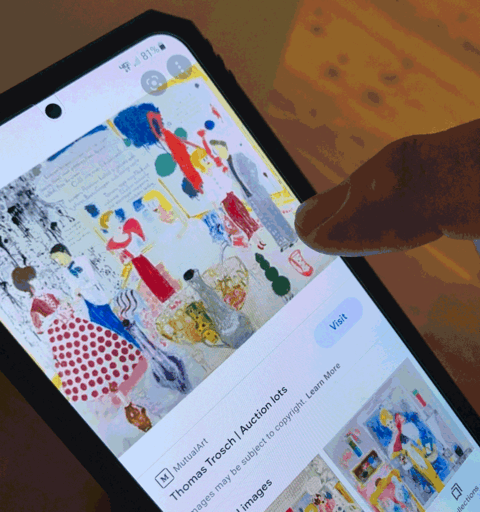
June 12, 2022
Heaven on Earth
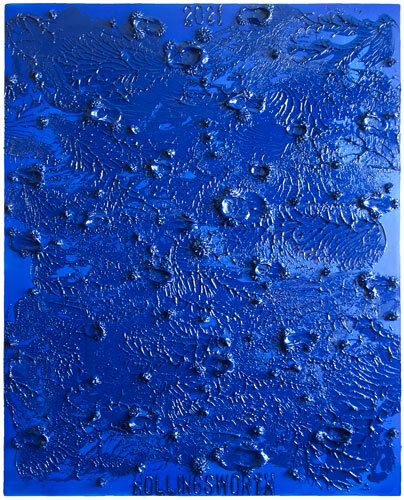
Heaven on Earth
#609
2021
48" x 36"
Oil on Canvas over Wood Panel
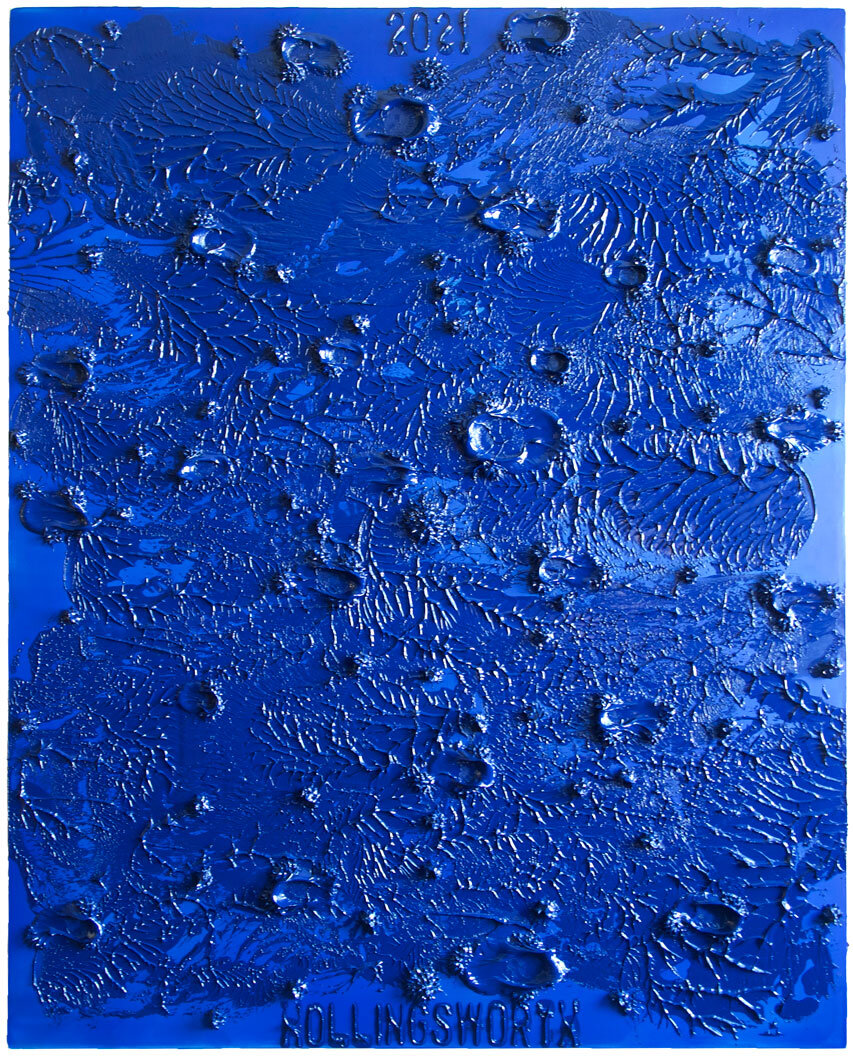
Attention Span
Worth your attention: A Warning On the Future of Music: with Author Ted Gioia. I've enjoyed Rick Beato's channel for many years now. He is also a fine interviewer as you will see in this video.
TL;DListen? (Irony Alert) This is about power brokers, decision makers who are driving shortened attention spans either by intention or coincidence or via capture by historical tides. Ted Gioia not only delivers a sharp critique but also provides fascinating solutions. There's hope despite all the gloom.
I'm wary of social media. It's a driver of heightened narcissism. After having to contend with multiple narcissists in my lifetime, I've had to study the subject. The world is in a very bad place in this regard. I've said long ago that for artists, temerity is an occupational hazard, but the narcissism of today is a pandemic of another kind. Social media is a disease vector.
Adding insult to injury, the art world encourages/demands artists to take on the labor of marketing by maintaining social media accounts, feeding the beasts daily, hourly, hazarding an all-consuming preoccupation. Artists are compelled to think of their works in terms of its suitability for use in social media as backdrops for selfies or its ability to cater to its currency. Yes, maybe you've made a fine thing, but will it look good on a smartphone screen? We are forced, at least in passing, to consider which topical currents to contextualize our art works within. Social movements? Identity? Academe?
I've been encouraged, demanded, by at least one influential gallerist to reframe my practice towards the needs of larger markets defined by big business. His argument was to bypass a dying art market and feed a larger, more vibrant one. Madness. Life is short and art is long... and business life is shorter still. Businesses rely on advertising to spread awareness of their products and services in the mediascape. Commercials run in lengths of seconds. The sensational has priority. What sense in any world does it make to drop the focus of twenty years and counting to cater to these concerns?
The constrained art world.
Anticipations of the market.
Galleries: what might sell
Auction houses: what will sell the most
Art fairs, even worse.
Constraints on attention.
***
Related:
Biennials: Ben Davis' article What Does It Mean to Be a 'Biennial Artist,' Anyway?
The names that dominate Biennial World are not at all the names that dominate Art Market World. In fact, the two worlds don't seem to interact much at all [...]
Why the difference? I've been thinking about the film world as a useful parallel. Biennial Art is, to some extent, the equivalent of Festival Film. Just as a splashy biennial vernissage is thought of as the glitziest and highest-profile event in the art industry, the film festival red carpet defines a certain image of glamour for cinema.
And yet, the Venice, Cannes, or Berlin film festivals--or even the Academy Awards, actually, for all their Hollywood-centricity--have a funny relation to the mainstream of commercial film, existing as counterpoint as much as extension. They tend to honor works considered worthy rather than the blockbusters that will find a big commercial audience no matter what. Festival Film tends to be driven by social concern and topical relevance, to reward "actor-ly" work and modest experimentation--the kinds of traits that justify cinema as an art form and that play well to an educated audience.
We have from this, two categories and their bracketing:
Biennial Art > educated = social concerns + topical relevance = virtuous cultural consumptionFurther, we can derive two kinds of audiences:
Art Market World > "blockbuster" = big commercial audience
1. Social return on investment
2. Financial return on investment
You might glean from this, that art... the artist... is not in the driver's seat. The audience is.
***
There's another kind of elite, the one(s) who thinks of where we are in art history and where we are going.
June 4, 2022
Underground Spirit
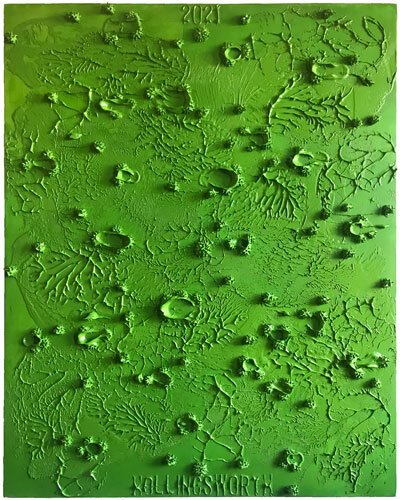
Underground Spirit
#608
2021
60" x 36"
Oil on Canvas over Wood Panel
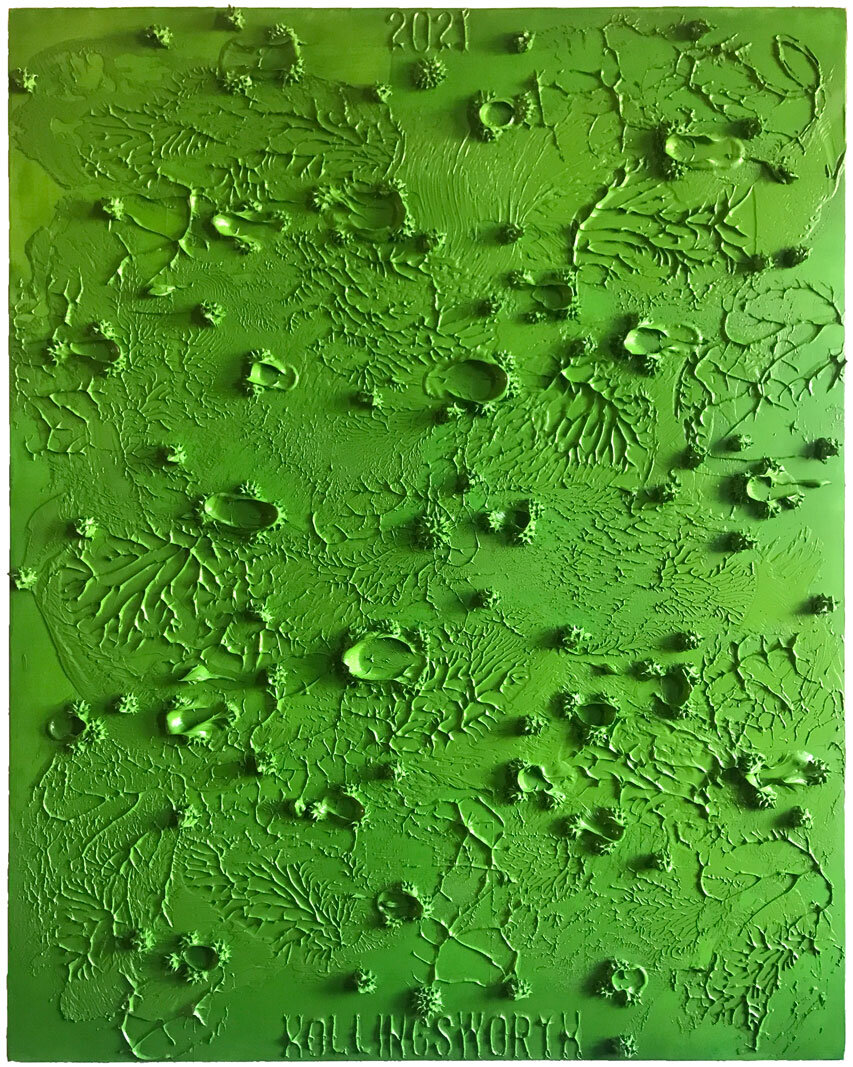
Revolutions
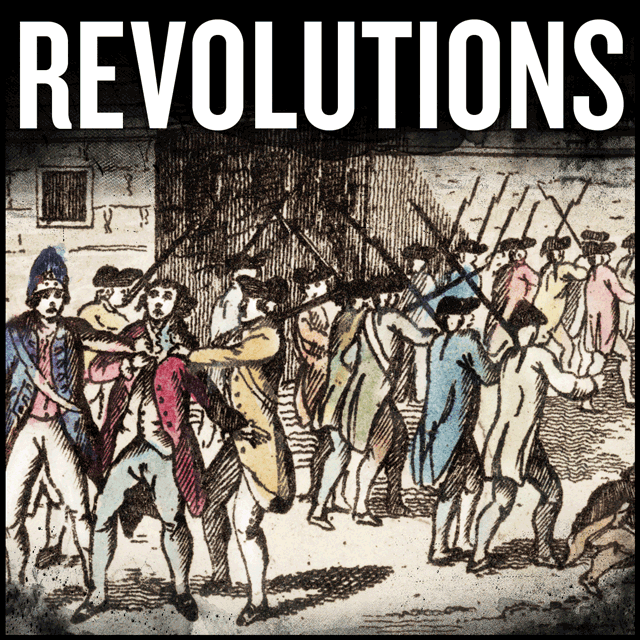
Highly recommended: Mike Duncan's Revolutions podcast. You'll find it in your favorite podcast app.
Mike Duncan is a historian and author of several projects, including this podcast series that I've tunneled into recently. At 300 episodes and counting, Duncan is engaged in a granular crawl into the history of revolution, the history of Modernity, actually. The episodes are all roughly thirty minutes each, easy to take in piecemeal.
Here's an outline:
- English Revolution spanning from the Kingdom of Charles Stuart to the Restoration (1600)
- American Revolution from the Stamp Act to the Bill of Rights
- French Revolution from the end of the Ancient Regime to Napoleon
- Haitian Revolution from the establishment of Saint-Dominique to the Haitian Declaration of Independence
- Revolutions against the Spanish Empire in the Americas
- Revolutions in Europe, 1830's - 1848
- The French Commune of 1871
- Mexican Revolution
- Russian Revolution
The Haitian, Mexican and Bolivarian Revolutions were especially enlightening.
What am I gleaning from Duncan? Modernity is a bewildering swarm of ego contra ego, a great blooming, buzzing confusion... more so than the usual take of history as a record of bad behavior because the cast of actors on the stage of history was vastly expanded from the previous ambit of decisions made by an elite. Modernity is revolution itself. People, groups, factions, rivalries, all struggling, checking, vying blindly against one another.
It loitered long and drawn out until it became a torrent, the Classical encasement ruptured and Modernity sprung out in gushing cascades of revolution, one after the other... Hobbes' war of "...of every man, against every man" but in slow enough motion to prevent inhibition due to horror overload.
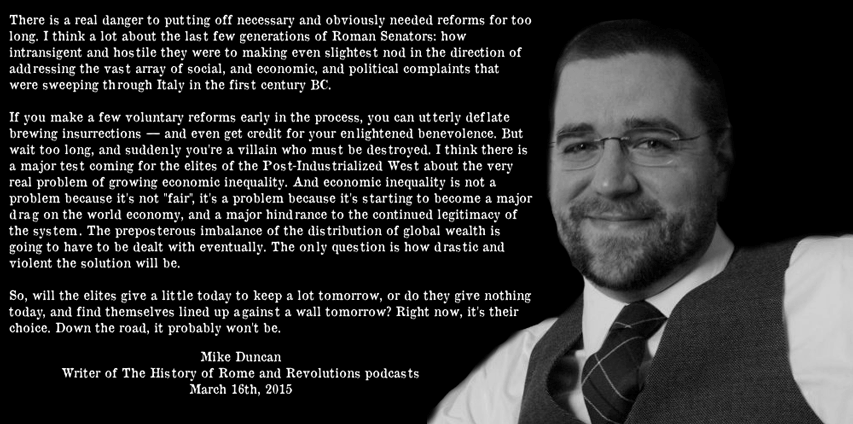
"The baby, assailed by eyes, ears, nose, skin, and entrails at once, feels it all as one great blooming, buzzing confusion; and to the very end of life, our location of all things in one space is due to the fact that the original extents or bignesses of all the sensations which came to our notice at once, coalesced together into one and the same space."
-William James
Principles of Psychology (1890)
I learned a long time ago from I don't remember where or even if this is indeed a fact, that when babies get overwhelmed, they resort to gazing at their hands.
